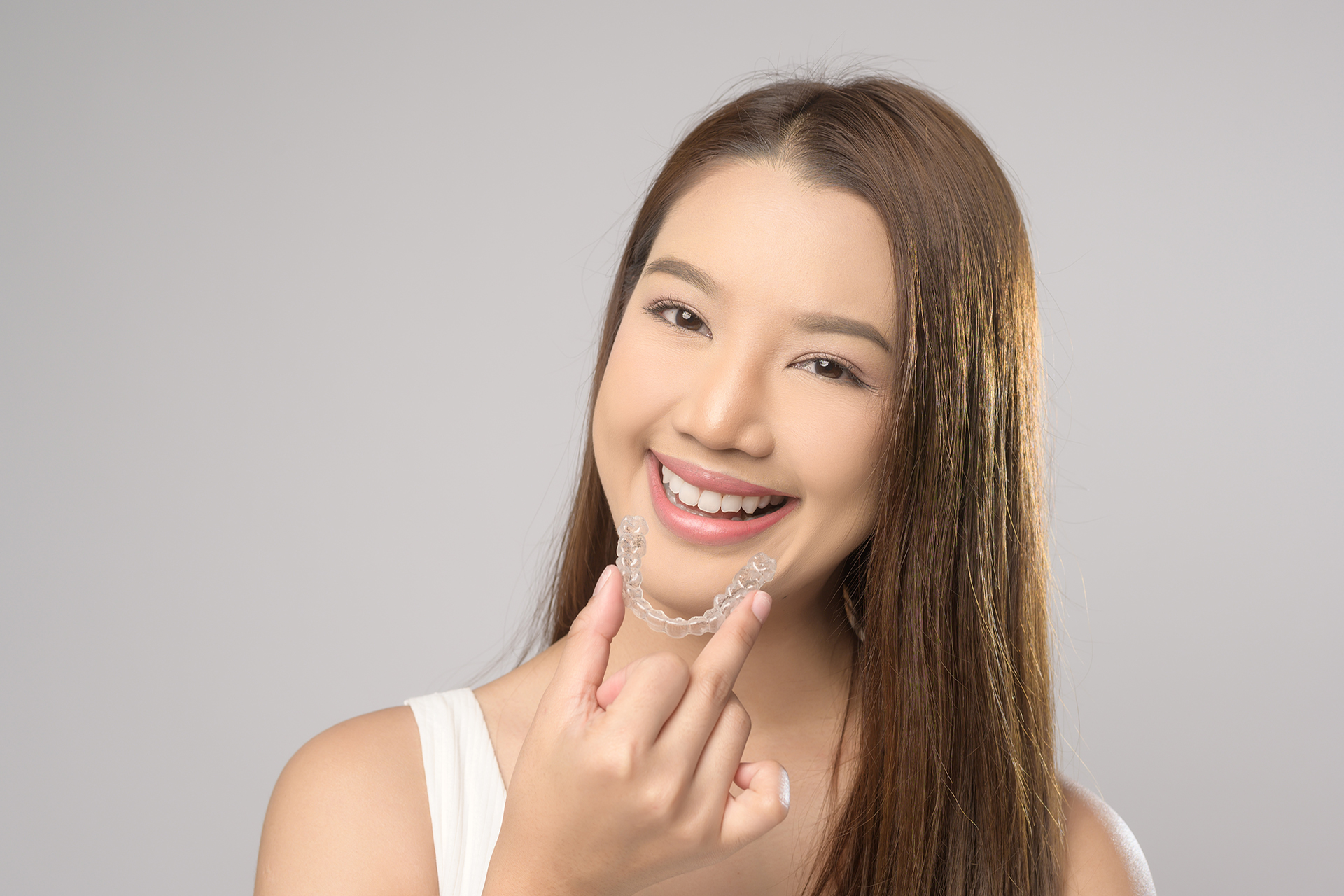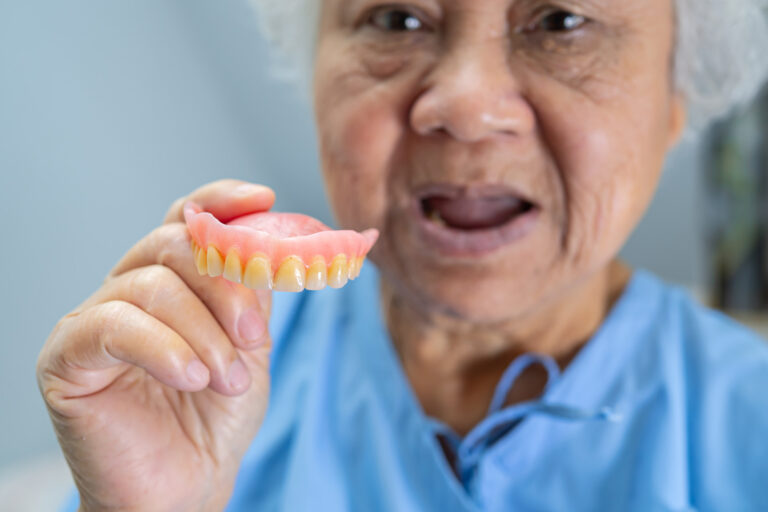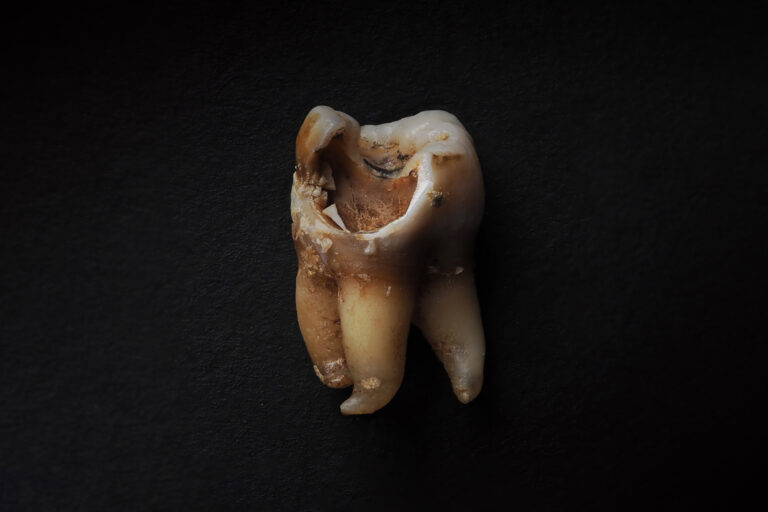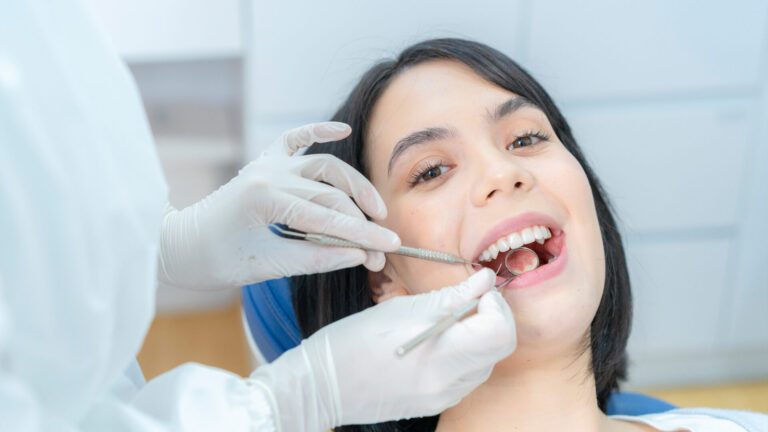For decades, metal braces have been the go-to solution for correcting crooked teeth or bite issues. Today, clear aligners are the discreet alternative. When it comes to choosing between aligners vs braces, the right option depends on your unique dental needs, lifestyle, and treatment goals.
At TEETH @ Tiong Bahru, we help patients of all ages navigate these options. This guide breaks down the key differences between each treatment option, traditional braces vs clear aligners, to help you make an informed decision.
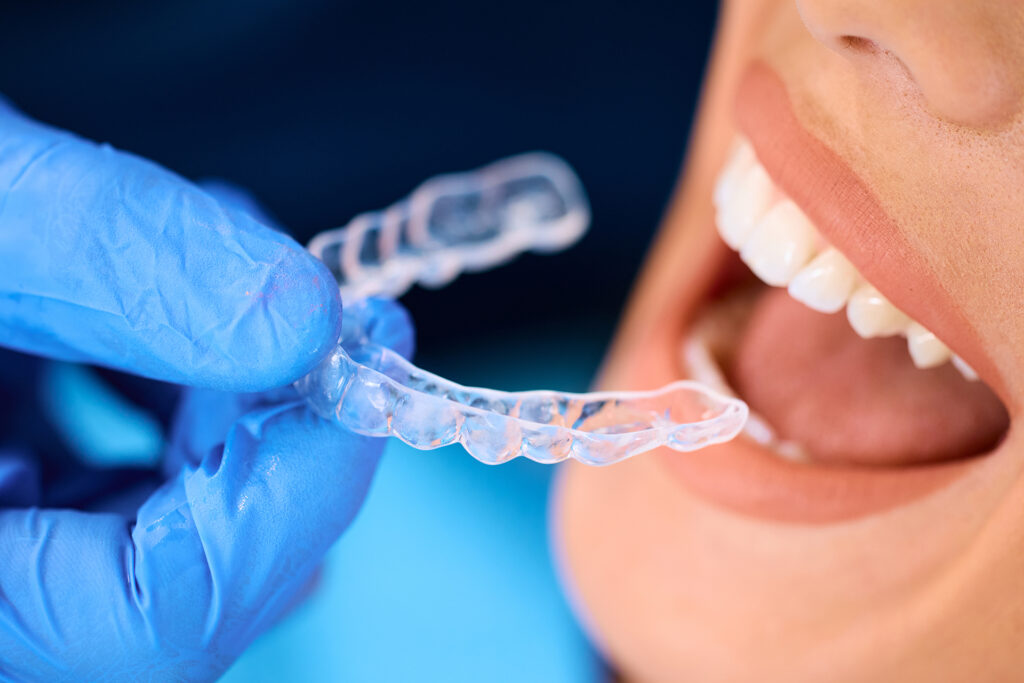
What is Orthodontic Treatment?
Orthodontic treatment corrects crowded teeth, gaps, overbites, underbites and other alignment issues. The two most common methods are braces or clear aligners.
Braces use metal or ceramic brackets fixed to your teeth, connected by wires that gently move them into place over time. They’re reliable and work well for more complex issues, though they’re not the most discreet option.
Clear aligners, such as Invisalign® or One Smile, are transparent plastic trays worn over your teeth. They’re removable, nearly invisible, and popular among adults and teens who want a more discreet solution for their orthodontic treatment. You’ll switch to a new set every few weeks as your teeth shift and grow.
Regardless of the strengths of braces and aligners, both orthodontic treatment methods work. The right one for you depends on the complexity of your case, the level of visibility you want for your treatment, and the amount of maintenance you’re willing to manage. Your dentist or orthodontist can help you decide which suits your smile best.
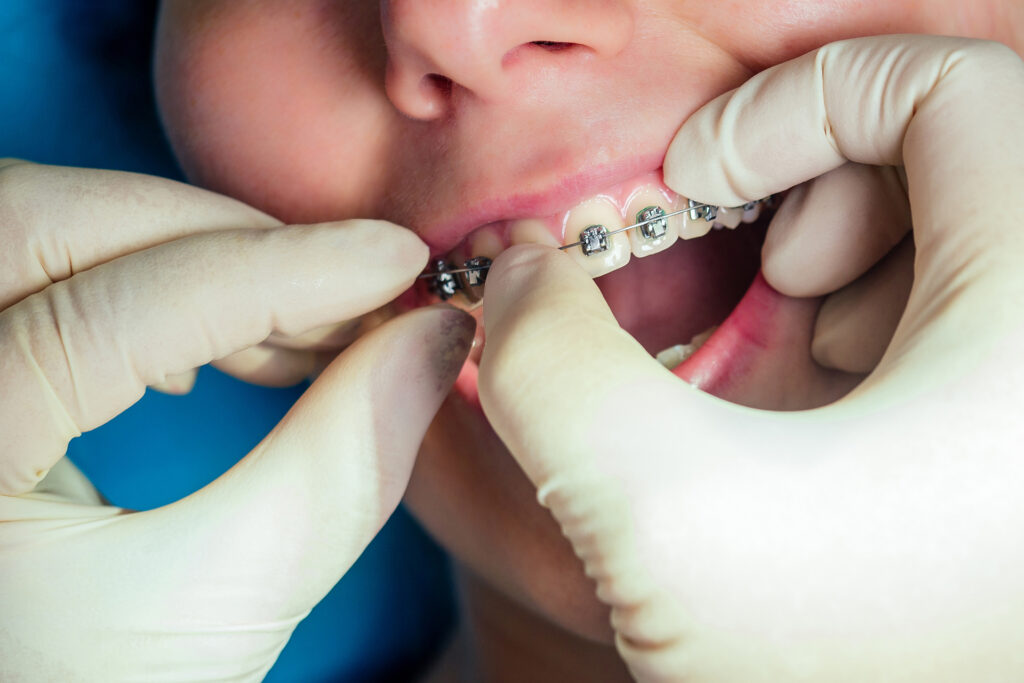
Common Orthodontic Problems
Orthodontic problems can range from mild crowding and spacing issues to more complex bite problems, such as overbites and underbites. When considering clear aligners vs braces, the severity and type of your orthodontic concern play a significant role in determining the most suitable treatment.
Metal braces are often recommended for more complex cases, as they provide precise control over tooth movement. Clear aligners can be an effective solution for mild to moderate alignment issues, offering a less noticeable and more flexible treatment plan.
Your orthodontist will assess the specific needs of your teeth and help you decide whether metal braces or clear aligners are best for you.

How Orthodontic Treatments Work
Clear aligners and braces have the same goal: straighter teeth and a healthier bite. But the experience during treatment can be very different.
Invisible aligners work through a series of sequential trays. Each set is worn for about two weeks and gradually moves your teeth closer to the final alignment. Patients must wear aligners for 22 hours a day to get optimal results. As they’re removable, eating and cleaning your teeth is easier, but discipline is key to ensure a positive result.
Braces are bonded to your teeth and adjusted in-office every few weeks. They continuously apply pressure on the teeth through the archwire, guiding them into place. While braces require less patient compliance, they may demand more effort when it comes to brushing and flossing.
Both systems rely on regular monitoring to ensure progress. The severity of your case will determine how long you’ll need to wear aligners or braces, and which one is best for you.
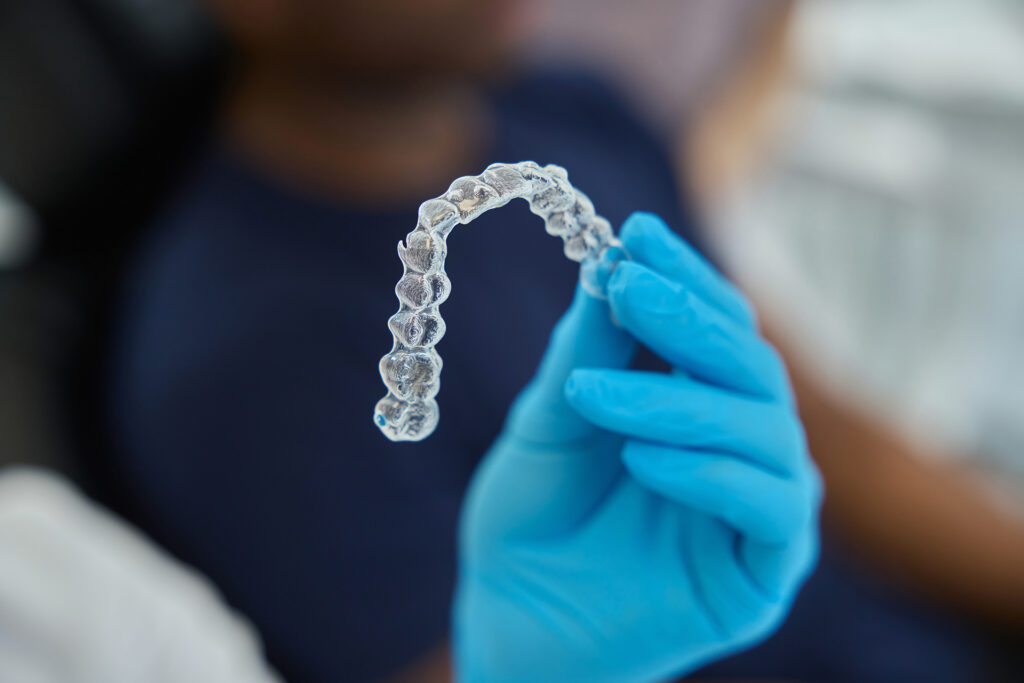
Orthodontic Treatment Benefits
Orthodontic treatment has benefits beyond aesthetics. Straight teeth are easier to clean, reducing your risk of cavities and gum disease. A well-aligned bite can also improve chewing efficiency, reduce jaw strain and prevent uneven tooth wear. Many patients report an improvement in self-esteem and social confidence after treatment, with a stronger, healthier smile that is easier to maintain.
No matter which one you choose, good oral hygiene and following your orthodontist’s instructions are key to a successful smile journey that leads to optimal dental aesthetics and oral health.
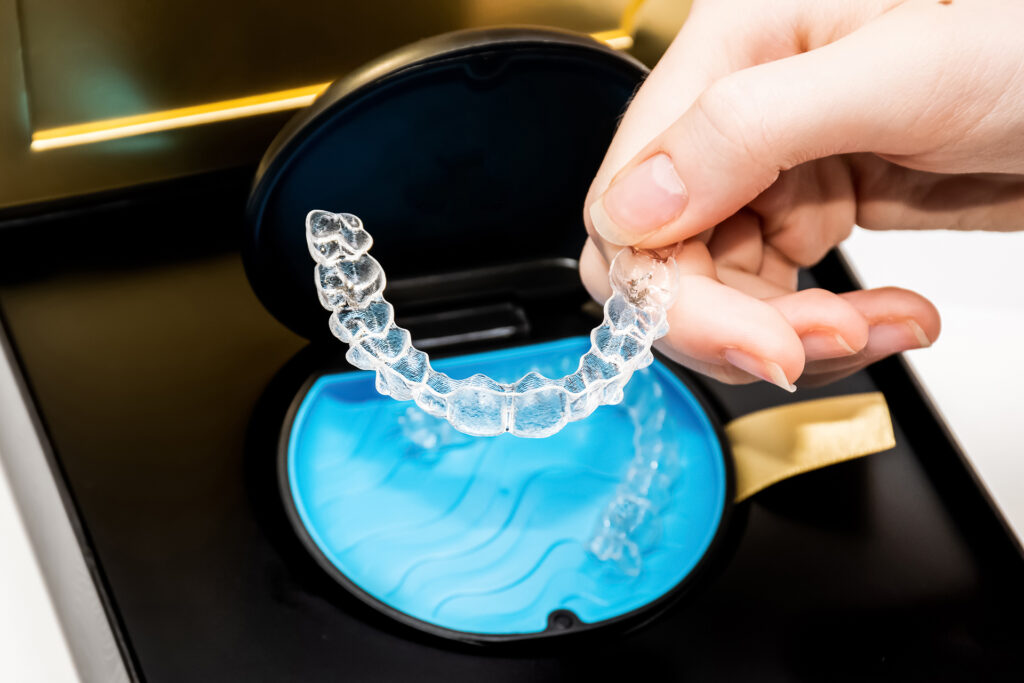
Aligners vs Braces Pros and Cons
| Type | Pros | Cons |
| Aligners | Nearly invisible, discreet in social and work settings Removable for meals, no food restrictions Easier oral hygiene – brush and floss normally Generally more comfortable than metal braces Custom-made for a precise fit | Require discipline to wear 20–22 hours a day Not ideal for complex bite issues or severe crowding Treatment can be delayed if not worn consistently Typically more expensive than traditional braces May require refinements, adding to overall cost |
| Braces | Effective for simple to complex orthodontic cases Fixed in place –no need to remember to wear them Greater control for complex movements like rotations Often more affordable than clear aligners Suitable for children and teens | Highly visible, which may affect confidence Food restrictions to avoid damaging brackets and wires Brushing and flossing require more time and care Regular adjustment visits needed, with potential post-visit discomfort Discomfort from brackets and tightening sessions |
Appearance and Aesthetics
When it comes to appearance, the decision between clear aligners vs metal braces is a significant consideration for many patients.
Clear aligners are invisible, so you can straighten your teeth without anyone knowing you’re in orthodontic treatment. This is especially beneficial for adults and teens who want to maintain a natural appearance throughout their treatment.
Metal braces, featuring metal brackets and wires, are more visible. However, orthodontic technology has introduced ceramic braces and clear brackets that blend in more seamlessly with your teeth. These are a more discreet option for those who want the reliability of traditional metal braces but a less visible look. Ultimately, the decision between clear aligners vs metal braces comes down to you and how important appearance is to you during your orthodontic treatment.

Removability and Comfort
Removability is one of the most significant differences in the aligners vs braces debate. Clear aligners can be removed for meals, photos or special occasions. You can remove them for meals, brushing and flossing, allowing you to eat what you want while maintaining your oral hygiene routine without extra hassle. This is especially great for those with busy lifestyles or specific dietary needs.
However, as they say, with great freedom comes great responsibility. If aligners aren’t worn consistently, they won’t work. Missing wear time or losing trays can prolong your treatment and increase your costs.
Braces are always on, working whether you’re aware of them or not. Their fixed nature can come with more initial discomfort, and adjusting to brackets and wires takes time. Some patients experience soreness in their cheeks or lips, especially in the early stages.
When comparing comfort and ease of use, invisible aligners vs braces come down to lifestyle fit. If you’re disciplined and prefer a discreet approach, aligners may be the right choice for you. If you don’t want to think about removing trays or losing them, braces may be a better option.
When aligning your teeth, consider how much freedom you want in your daily routine.
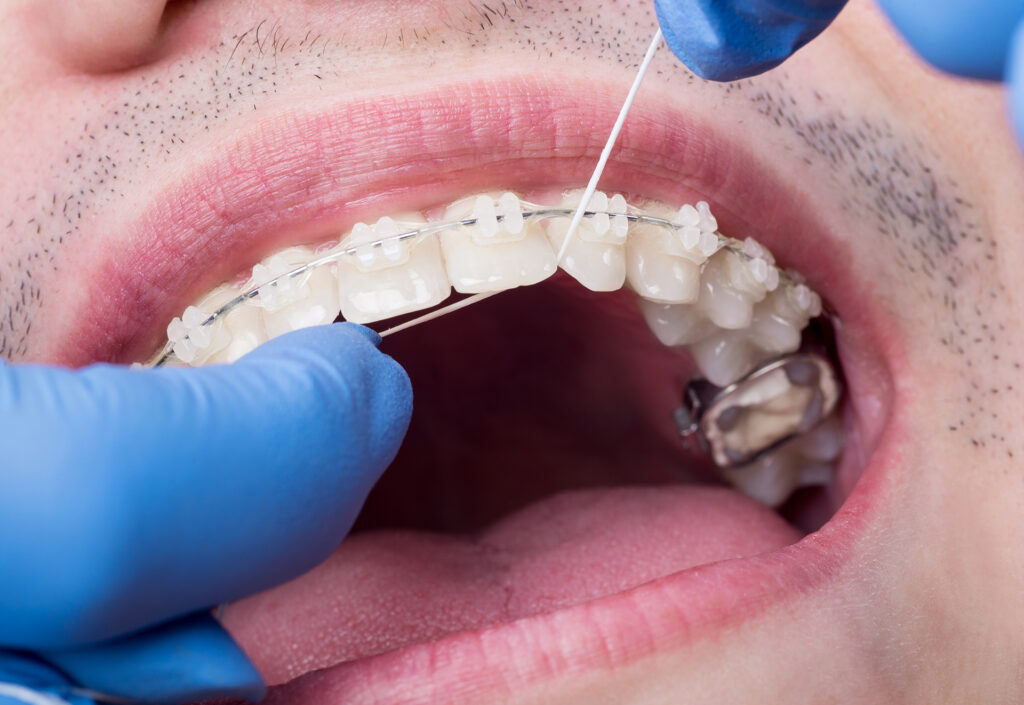
Hygiene, Maintenance and Aftercare
No matter which orthodontic option you choose, looking after your teeth during treatment is essential. Braces can make brushing and flossing more challenging since food can easily get stuck around the brackets and wires. You may need to use special tools to keep everything clean to avoid plaque buildup.
Clear aligners make things easier. You can take them out to brush and floss normally. Just remember to clean the trays daily, either by gently brushing them or using cleaning solutions to keep them clear and fresh.
How long will treatment take? That depends on your case. Aligners typically take between 6 and 18 months to complete and are best suited for mild to moderate corrections. Braces may take 18 to 36 months, especially for more complex shifts.
Whatever your choice, consistent hygiene and regular follow-ups are essential for achieving the best results. Your orthodontist will guide you every step of the way.
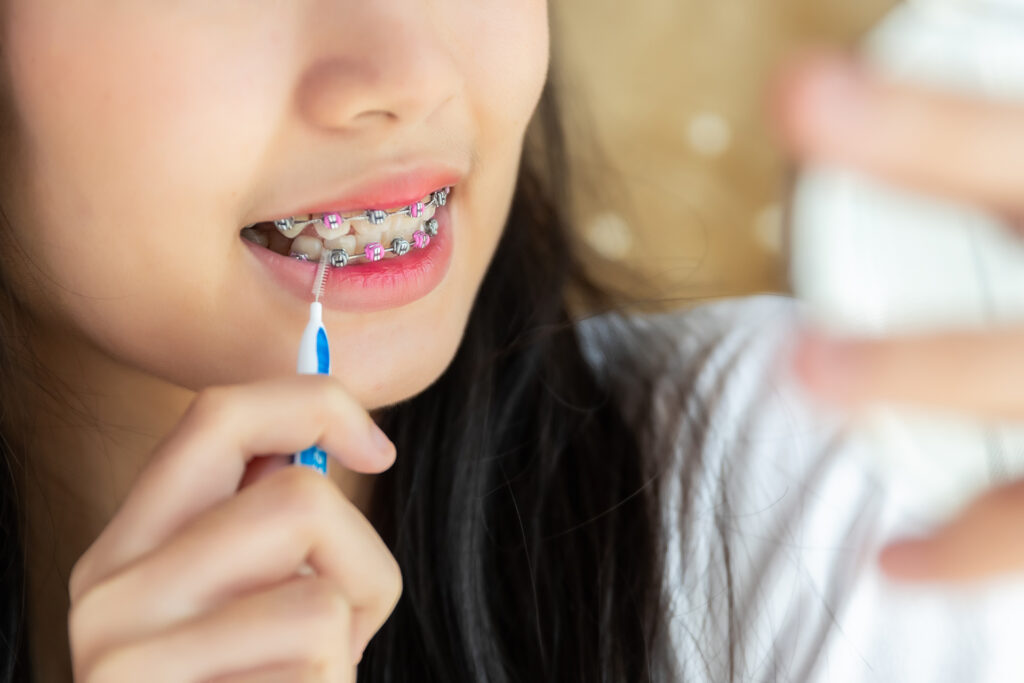
Orthodontic Treatment for Adults and Children
Orthodontics isn’t just for teenagers. Increasingly, adults are turning to orthodontic solutions to enhance their smile or correct longstanding dental issues. Both aligners and braces can work for adults. However, clear aligners are more appealing to professionals who want a discreet and comfortable option.
Children and teens may be better suited to braces, especially if their case is complex, as it can reduce the need for active compliance. Aligners can be an option for responsible teens who prefer something less visible.
Orthodontic Emergencies
Emergencies can happen, whether it’s a loose bracket or a lost aligner. Braces are more prone to issues, such as broken wires or bracket detachment, which often require in-office repairs.
Aligner emergencies are rare but can include cracked trays or misplacement of the aligner. Your orthodontic dental team will guide you on what to do if this happens, whether that means reverting to a previous tray or scheduling a replacement.
Finding the Right Fit for Your Smile
Choosing between aligners and braces is a big decision, and the right orthodontist can make all the difference. At TEETH @ Tiong Bahru, we offer both treatment options with expert guidance tailored to your needs.
Using advanced digital planning and years of experience, our team carefully maps your treatment, tracks your progress, and supports you every step of the way. We take time to explain what’s possible and help you make the choice that’s right for your smile, schedule, and budget.
Ready to begin? Book a consultation with the TEETH @ Tiong Bahru dental team and let’s create a plan that suits your lifestyle.

